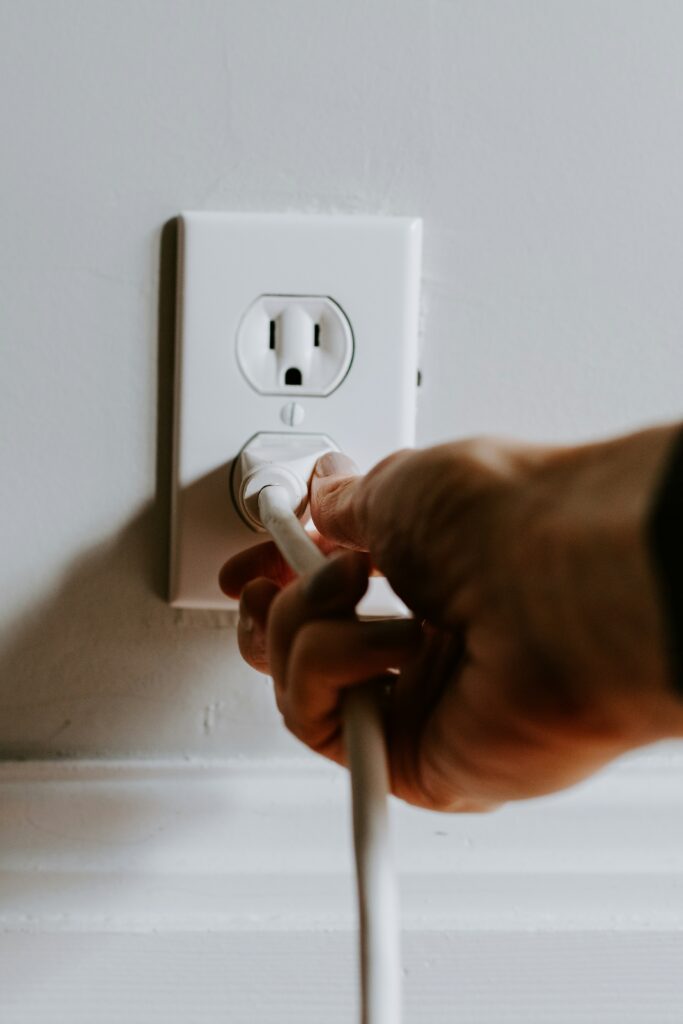Maintaining a safe and functional electrical system in your home is essential for the well-being of your family. However, electrical issues can be daunting, especially when you’re unsure of where to start. To help you navigate common electrical problems, we’ve compiled a list of frequently asked questions:
Why have the outlets in my bathroom, kitchen, garage, or outside stopped working?
These areas of your home are equipped with Ground Fault Circuit Interrupter (GFCI) receptacles, which are sensitive to moisture and water. Required by the National Electrical Code, these receptacles create a safer electrical system. If an outlet in these areas isn’t working, look for the GFCI outlet with a reset button. These are often hidden behind appliances or in cabinets. Simply reset the outlet to restore power.
What should I do if I have switched outlets?
In living rooms and bedrooms, a wall switch often controls one socket of a duplex receptacle. For example, this setup might allow you to control a lamp without having to walk across a dark room to turn the light on. Check both the top and bottom of the outlet to determine if power is available.
How do I reset a breaker?
Circuit breakers, found in panelboards usually located in garages, act as switches that control power for circuits. If a breaker trips, it needs to be reset. To do this, push the handle to the “Off” position until you hear a click, then push it back to the “On” position. If the breaker keeps tripping, it may be defective and need replacement.
Should I replace my Federal Pacific or Zinsco panel?
Yes, these panels are outdated and can be fire hazards. It’s recommended to replace them to ensure the proper protection of your wiring.
How do I increase my home’s power capacity or install power to a new building?
Start by calling your power company and run your project by them. Once you have received approval from the utility company, reach out to the experts at Prairie Electric for a quote to coordinate the installation.
How do I stop my smoke detector from chirping?
If your smoke detector is chirping, it likely means the battery is low. Replace the battery and reset the detector. If the chirping persists, try resetting the smoke alarm by turning off the power in the room, removing the detector, and holding the test button for 20 seconds. Reattach the detector and turn the power back on.
What if my smoke alarm continues to chirp after replacing the battery?
If the alarm keeps chirping, you may need to replace the smoke detector. Smoke alarms should be replaced every 10 years, even if they seem to be functioning well.
Maintaining a safe and functional electrical system is crucial for your home. If you need help installing your smoke detector or have questions about your electrical system, don’t hesitate to contact Prairie Electric. Our team of experts is here to help ensure your home’s electrical system is safe and reliable.




